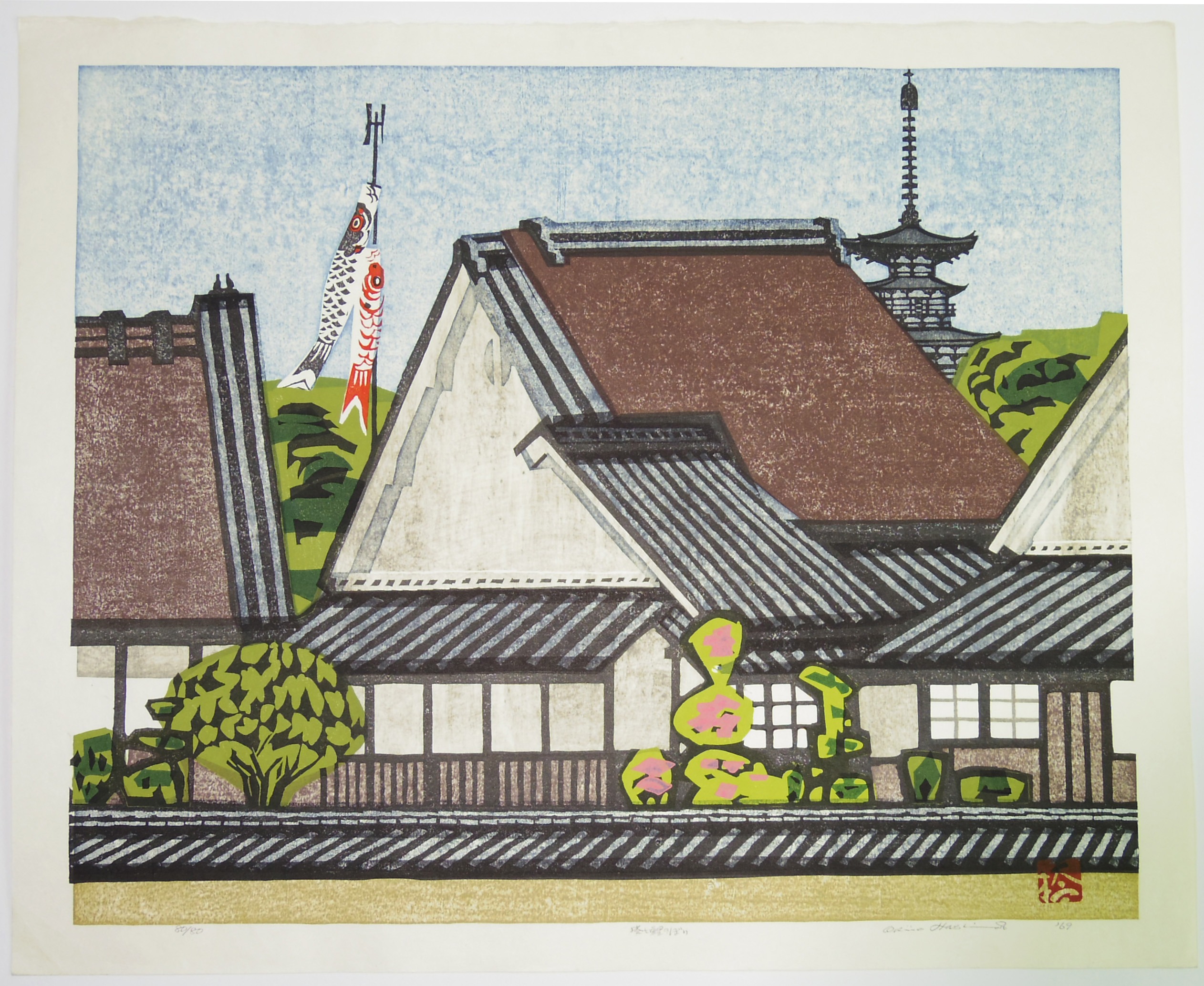
Koi no bori Japan YouTube
Koinobori - several carp flags/windsocks that fly beneath the streamer - the most basic set of Koinobori consists of a black Koinobori representing the father, followed by a smaller red Koinobori representing his eldest son.

colorful kites flying in the air on a sunny day
A koinobori is a large funnel kite or wind sock shaped like a carp fish. Celebrations using koinobori in Japan date back to as early as the 1600s, during the mid-Edo era. The vibrant kites appear in late April and early May, centering around May 5th, Children 's Day in Japan. A brief history of koinobori

'adore tellement photographier les koi no bori (鯉のぼり) ces carpes colorées 🎏😍 Elles sont censées
#koinobori Where is this? Shimanto canoe and camp village Kawarakko24 Tadenokawa, #Shimanto #Kochi 787-12290880-31-8400https://goo.gl/maps/SXvHkB9y2HszhfC87

Antonio Acosta Okinawa, Japanese culture, Child day
Koi nobori are large carp streamers that are hung specifically for young boys. There are typically three fish together - the largest represents the father, the next the mother, and the smallest the son. Families with sons either buy or make their koi nobori and hang them up around Kodomo No Hi.

100cm Koinobori Japanese Carp streamer Wind Socks Koi nobori Fish Flags Kite Flag Japanese
Details: Tokyo Tower is open from 9:00 - 22:00 and there is no cost to see the koinobori that are mainly strung over the parking area. The address is 4-2-8 Shiba-koen, Minato-ku, and the phone is 03-3433-5111. website:. Design you own koi set- 1.8 meter plain white koinobori that you then decorate as you wish. Click on this link and see.

One Postcard a Day Koinobori, the Carp Streamer
The Japaneae word "Koinobori" is a conbination of 2 original words, koi and nobori. "Koi" means a carp and "Nobori" means a banner or flag. Originally, the banners, flags or windsocks were used by samurai warriors on the battlefield. Whenever the ancient warriors were on the battlefield, they wore full yoroi armors and flew banners (See above).

What are 'koinobori,' and why are they all over Japan this week?
Tango-no-Sekku (Boy's Day) Koinobori Chofu 端午の節句鯉のぼり調布. May 5th is Boy's Day, or Tango-no-Sekku in Japan. Colorful koi (carp) fabric streamers, some gigantic, are flown from house roofs and condominium verandas by families with young boys. I found these koinobori chofu at a wagashi shop in Nara the other day, I hadn.

KoiNobori by kucingitem on DeviantArt
Cut off the margins on the printed sheets. There is a weak white line on the pages with the fish scales. Use the line as a guide to align the two sheets. Joining two sheets forms a single side of the koinobori head. Attach origami kabutos on the koinobori head to make it grow. Double-sided sticky tape is recommended for easy handling and a non.

koi no bori and wires koinobori [wikipedia] Flickr
Kazo City, Saitama Prefecture is known as the leading producing district of Koinobori. Hashimoto Yakichi Syouten was founded by the grandfather of the current representative and is one of the nation's few manufacturers and the only one in town of hand-painted Koinobori. Mr. Takashi Hashimoto, the 3rd generation of this store, makes Koinobori by.

Ai Nihon 愛日本 Koinobori Farmofminds
Ever wondered what those Carp streamers are for in Japan? These video will tell you everthing you need to know in one Minute!Koi streamer set: https://amzn.t.

Koi no bori
The word koinobori is made up of two Japanese words; koi meaning carp, and nobori meaning flag. The Origin Of The Koinobori The tradition of creating and displaying koinobori originated as part of the celebration of Boys' Festival or Boys' Day, which is now known as Children's Day.

Koinobori English Version YouTube
Select only what you need. A very small or minimum size set of koinobori with 2-3 windsocks in different color, presented with a plastic pole. A very popular item for children's playing. Unique food fish windsocks including tuna, eel, bonito etc., often displayed as symbolic banners of a Japanese food restaurant.

Koi no bori and Pagoda White Lotus Gallery
Koinobori is an element of traditional celebration ingrained in Japanese history. From as early as the mid Edo era (somewhere between 1600s - 1800s), these beautiful carp streamers have been used as a way to symbolise and wish success and advancement for children.

Koi No Bori Fabric BLUE Collection Flickr Photo Sharing!
Koinobori is a combination of two Japanese words - koi means carp and nobori means banner or flag - and literally means carp streamer in Japanese.

Koinobori WIP by afsandeviant on DeviantArt
Ancient times During ancient times, the koinobori was placed in front of the home to celebrate a newborn's birth. The Japanese believed that the gods came along and pole from the heavens to bless and protect the child. To make the poles and homes stand out, the koinobori was made to be as colorful as much as possible. The koinobori has 5 streamers.

KOI NO BORI on Behance
1. Tsuetate Onsen 2. Achi Village 3. Kawagoe 4. Tatebayashi 5. Kawakami Gorge 6. Tokyo Tower 7. Jozankei Onsen 8. Ryujinkyo 9. Nagasawa 10. Asano River Japan Wonder Travel Tours Find the other Tours Other articles you might enjoy 1. Tsuetate Onsen